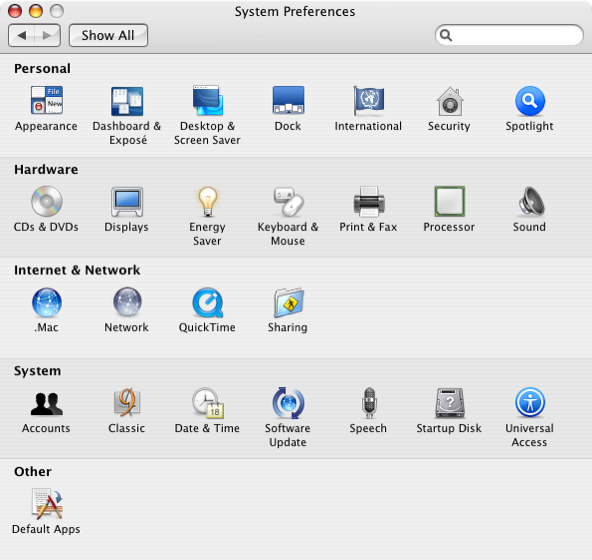You know, I was going to just offer some opinions on twitter and let the media rip our new President to shreds. However, today has changed the game.
Mr. Spicer – the President’s Press Secretary – has held a press conference to essentially declare open war on the press. He’s accused us of lying to the public (which admittedly has happened, but on both sides, no ones’ hands are clean here), of unfairly pillorying the man who is President, of over-stating the strength of a peaceful protest event instead of over-hyping the Inauguration. How we should all be ashamed of ourselves for not reporting only such information as officially given to us by his office at the request of the President. How we need to sit down and shut up for the next four years, or we will suffer the Wrath of Trump.
Well, now I’m pissed.
Mr. Spicer, I am a former (and shortly future) member of the Fourth Estate – the press you so vilify and want the people of this country to deny and destroy. Let me make a few statements right now to stand in loyal opposition:
First, sir, it is the job of the press to speak for all sides of a debate. To report on everything – good, bad, huge, tiny – it doesn’t matter. We (through the hundreds of differently opinionated outlets) speak for everyone. Yes, we choose sides. Yes, we shape opinions. That is OUR JOB. Your job is to relay information in a way that makes your boss look good. Our job is to relay information as we and our organizations see it. This doesn’t work if we don’t both do our jobs. It sure as hell doesn’t work when you openly declare that you despise us and everything we stand for.
Next, please realize you used your first press conference to completely alienate and distance the very people who you will be asking to trust you on a regular basis. No press? No Press Secretary. If you force us to deal with you only in an atmosphere of outright hostility, do you really think we’re going to give your words more credence than your numerous opponents’? I am NOT saying you need to be all buddy-buddy and happy with the press, far from it actually, but mutual respect is required here; and you’ve just torpedoed it on your first day.
Finally, Mr. Spicer, please stop embarrassing your administration. To call national attention to the fact that the President of the United States – perhaps the most powerful man in the world – has decided to proclaim that “his is bigger” is just… wrong. Come out swinging with details on how much better this Inauguration was. More important diplomats and delegates, more people in the parade, more gravitas and importance. Please don’t make futile attempts to disguise fears of impotence.
To the Trump administration: please stop pissing on the press in a horribly failed attempt to disguise the fact that an event you didn’t want to happen heroically out-shined the event you set up. We’re going to talk about the Womens’ March no matter what, and your acting like petty fools does nothing to diminish their triumph. If anything, we’re now going to highlight how many more people attended the March, just because you threw such a massive hissy-fit about how “yours was bigger”. Got that? You screaming at us that something was under-reported will just force us to shed more light on that topic. Learn how to throw a story out with the trash, and how not to draw every media outlet’s attention to it.
You don’t need to be our friends, but we demand respect. Give that to us, and we can all get along for the next four years. Keep this up, and ONLY the views of those who oppose you will ever make it on the air, online, and onto the front page.
 Usually, you can set default apps for certain file types right through OS X features directly. Email (in El Capitan) is done by going to the preference pane in Mail.app, most file types allow you to set the default by going to Get Info, etc. However, sometimes things go awry, and that’s where
Usually, you can set default apps for certain file types right through OS X features directly. Email (in El Capitan) is done by going to the preference pane in Mail.app, most file types allow you to set the default by going to Get Info, etc. However, sometimes things go awry, and that’s where  As you folks already know, I’m not totally immune from liking first or third party shooters. I loved Mass Effect (up until the ending of 3) and I’m nuts over the Fallout games. So when a new 3rd-Person shooter based in the aftermath of a massive disease outbreak and resulting loss of society came out, and it was based in New York City, I was in. The game, however, really and truly sucks for casual gamers, which became painfully obvious within about 90 minutes of playing. Here’s why:
As you folks already know, I’m not totally immune from liking first or third party shooters. I loved Mass Effect (up until the ending of 3) and I’m nuts over the Fallout games. So when a new 3rd-Person shooter based in the aftermath of a massive disease outbreak and resulting loss of society came out, and it was based in New York City, I was in. The game, however, really and truly sucks for casual gamers, which became painfully obvious within about 90 minutes of playing. Here’s why: Email is – for the most part – the stuff of modern productivity. Begin able to send and receive email, along with the calendars, contacts, and tasks that it brings; is essential to getting work done these days. When you use the native Mac apps, everything is fine. When you need to use 3rd-party tools, things go sideways in a hurry.
Email is – for the most part – the stuff of modern productivity. Begin able to send and receive email, along with the calendars, contacts, and tasks that it brings; is essential to getting work done these days. When you use the native Mac apps, everything is fine. When you need to use 3rd-party tools, things go sideways in a hurry. I was an early adopter of Amazon’s Prime Video service. They’ve offered tons of free content and a massive library of purchasable content for years now, and some time back the Amazon Streaming Video App for iPhone/iPad was released to allow folks to take the show on the road – literally. I’ve been a user of that app for about two years now, and the latest update brought a LOT to the table to make it even better.
I was an early adopter of Amazon’s Prime Video service. They’ve offered tons of free content and a massive library of purchasable content for years now, and some time back the Amazon Streaming Video App for iPhone/iPad was released to allow folks to take the show on the road – literally. I’ve been a user of that app for about two years now, and the latest update brought a LOT to the table to make it even better. OK, for the first time… well… ever… I have to actually agree with something that came out of Ben Shapiro’s mouth. This is not a comfortable situation.
OK, for the first time… well… ever… I have to actually agree with something that came out of Ben Shapiro’s mouth. This is not a comfortable situation. Jumping from one employer to another is never easy, but doing it after over a decade with your former employers can lead to some very interesting issues. Not the least of which, for me, is suddenly finding yourself in the very odd position of moving to knowing that people you’ve considered part of your work life for years and years are no longer “we.”
Jumping from one employer to another is never easy, but doing it after over a decade with your former employers can lead to some very interesting issues. Not the least of which, for me, is suddenly finding yourself in the very odd position of moving to knowing that people you’ve considered part of your work life for years and years are no longer “we.”
 [Editor’s note: Neither the author nor anyone associated with this blog is a lawyer of any kind. This blog is not to be taken for legal advice under any circumstances. If you have a personal privacy question of law, consult a trained and licensed attorney.]
[Editor’s note: Neither the author nor anyone associated with this blog is a lawyer of any kind. This blog is not to be taken for legal advice under any circumstances. If you have a personal privacy question of law, consult a trained and licensed attorney.]